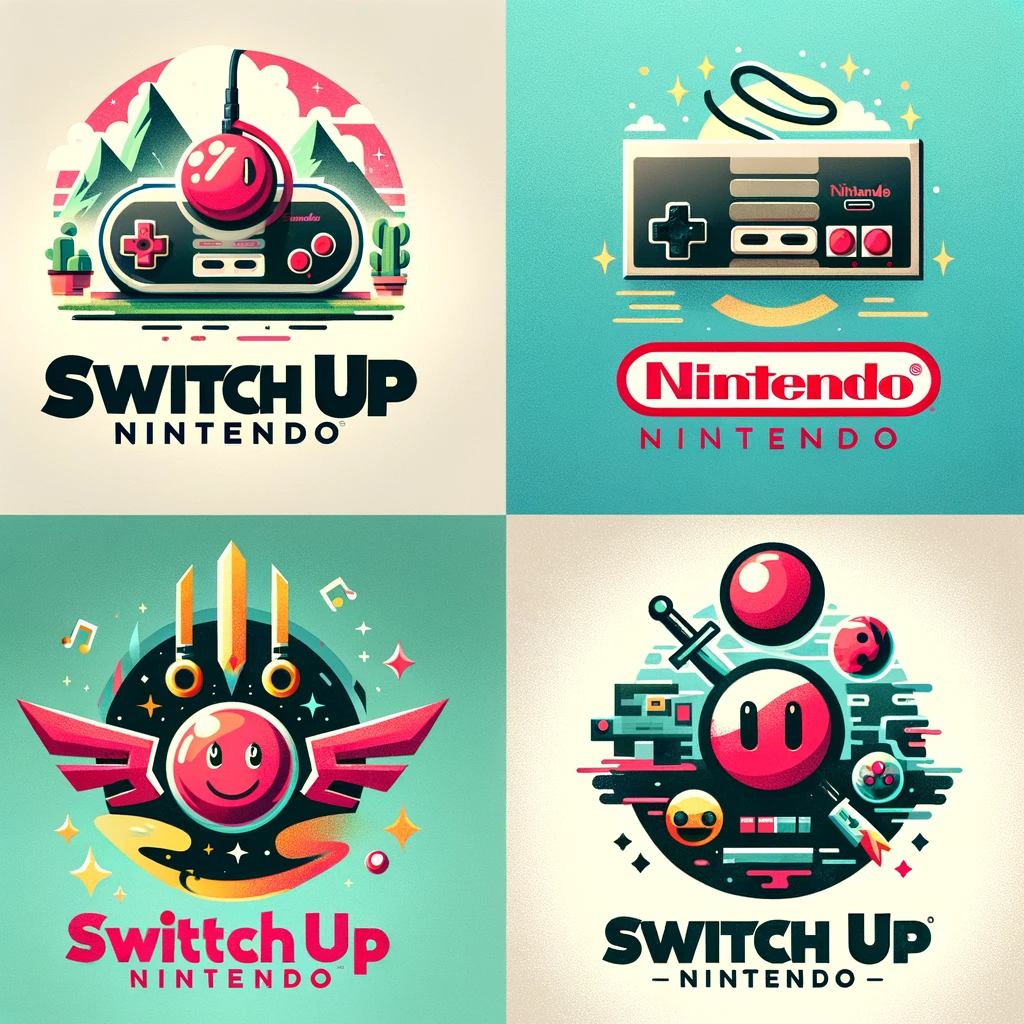Are you ready to take your gaming experience to the next level? Look no further…

ROG Ally vs Nintendo Switch OLED
ROG Ally vs Nintendo Switch OLED: A Comparison of Handheld Gaming Devices
Introduction:
ROG Ally vs Nintendo Switch OLED,In the world of handheld gaming, two major players are currently vying for gamers’ attention: the ROG Ally by Asus and the Nintendo Switch OLED. While both devices offer unique features and gaming experiences, it’s important to understand their differences to make an informed decision. In this article, we will compare the ROG Ally and the Nintendo Switch OLED in terms of price, specifications, performance, and overall gaming experience. Let’s dive in!
Price and Availability:
The ROG Ally, running on Windows 11, is set to be available from Best Buy in the U.S. starting from June 13 at a price of $700 for the high-end model[[1](https://www.xda-developers.com/asus-rog-ally-vs-nintendo-switch/)]. On the other hand, the Nintendo Switch OLED, an upgraded version of the popular Switch console, was launched in October 2021 and is priced at The significant price difference gives Nintendo an advantage in terms of affordability.

Specifications and Performance:
When it comes to specifications, the ROG Ally clearly outshines the Nintendo Switch OLED. The ROG Ally features an AMD Ryzen Z1 processor, offering superior performance with its 8 CPU cores, 16 threads, and three RDNA 3-based Compute Units for the GPU. In contrast, the Nintendo Switch OLED is powered by the older Nvidia Tegra X1 chip, which pales in comparison to the ROG Ally’s capabilities. The ROG Ally’s more modern hardware allows for higher visual fidelity and smoother gameplay, making it the preferred choice for gamers seeking top-notch performance. Nintendo Switch offers
Display and Design
In terms of display, the ROG Ally boasts a sharp Full HD display with a 120Hz refresh rate, providing an immersive gaming experience. On the other hand, the Nintendo Switch OLED features a 7-inch OLED screen, offering enhanced colors and contrast compared to the standard Switch model. Both devices provide enjoyable gaming experiences, but the OLED technology in the Nintendo Switch offers improved visual quality.
Battery Life:

Battery life is an essential factor to consider for handheld gaming devices. The Nintendo Switch OLED excels in this area, offering up to 9 hours of battery life, while the ROG Ally falls short with reviewers reporting less than two hours of gameplay. If long gaming sessions on the go are a priority, the Nintendo Switch OLED’s better battery life makes it a more suitable choice.
Game Library and Exclusives:
When it comes to game libraries, both devices have their strengths. The ROG Ally runs on Windows 11, providing access to a vast library of games available on the Windows platform. On the other hand, the Nintendo Switch has its own extensive library, including critically acclaimed exclusives such as “The Legend of Zelda: Breath of the Wild” and “Animal Crossing: New Horizons. The choice ultimately depends on your preference for specific games or the versatility of a Windows gaming platform.
Conclusion:
In conclusion, the ROG Ally and the Nintendo Switch OLED offer distinct gaming experiences and cater to different needs. The ROG Ally excels in terms of raw performance and access to a wide range of Windows games. On the other hand, the Nintendo Switch OLED provides an excellent portable gaming experience with its OLED display and extensive library of exclusive titles. Consider your budget, performance requirements, game preferences, and battery life needs when deciding between these two handheld gaming devices. Ultimately, the choice between the ROG Ally and the Nintendo Switch OLED comes down to personal preferences and priorities.



